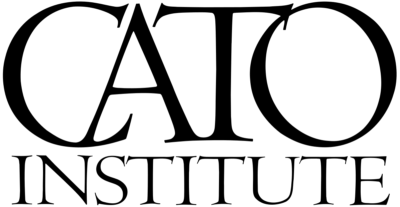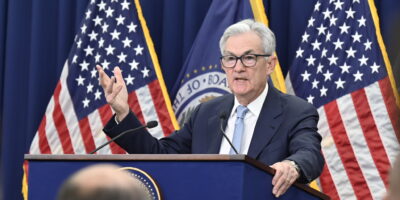Cato Monetary Conference: a reflection on James Bullard
Last Tuesday, the 33rd annual Cato Monetary Conference was held at the Cato Institute in Washington, DC. There, brilliant minds met and presented on various interesting topics. I will briefly comment on some of them in another post, but for now would like to offer a short reflection on the first keynote address by James Bullard, President and CEO of the Federal Reserve of Bank of St. Louis.
First, Bullard gave two reasons why the FOMC might decide to increase the Federal funds rate target: 1) the unemployment rate might be close to it’s natural (equilibrium) level and 2) the inflation rate is around 1.7% (close to the 2% Fed’s target). Of course, there are still reasons that the Fed might keep the Federal funds rate at the same level. One reason might be the impact of the fall in labor participation on the unemployment rate. A fall in the price of financial assets a few weeks ago might raise the concern that a rise in interest rates may negatively affect the balance sheets of financial institutions. I previously commented on that here. In short while a rise in Federal funds rate target is not unlikely, I wouldn’t be surprised if no changes occur.
More interestingly, Bullard put forward a Neo-Fisherian argument, where it is argued that Fisher’s equation, in which nominal interest rate equals the real interest rate plus the inflation rate, always holds in both the short and long run. It is usually argued the in the short run an expansionary monetary policy would decrease interest rates and in the medium or long run it will rise nominal interest rates as expected inflation rises. In Bullard’s argument, when the FOMS sets the Fed funds target it also sets the inflation rate. In other words, if real factors define the real interest rate, and the FOMC defines the nominal interest rate (target), then the inflation rate has to be the outcome of these two variables.
I think George Selgin asked the right question during the Q&A. Isn’t this line of argument confusing cause with effect? Let me explain. Inflation, as a sustained rise in the price level (P), is a fall in the price of money (1/P). Inflation is, then, an increase in the supply of money (assuming no change in the demand for money) or a decrease in the demand for money (assuming no change in the supply of money.) Inflation is usually driven by the former scenario. Sustained inflation, then, is a monetary disequilibrium.
In Bullard’s argument, however, what sets the inflation rate is the FOMC’s federal funds rate target. This has the implicit assumption that given monetary policy money demand will adjust as necessary to keep both, inflation and nominal interest rates low (as we have observed since the 2008 financial crisis.) It is, then, low inflation that changes money demand and not money supply and demand that defines the inflation rate.










